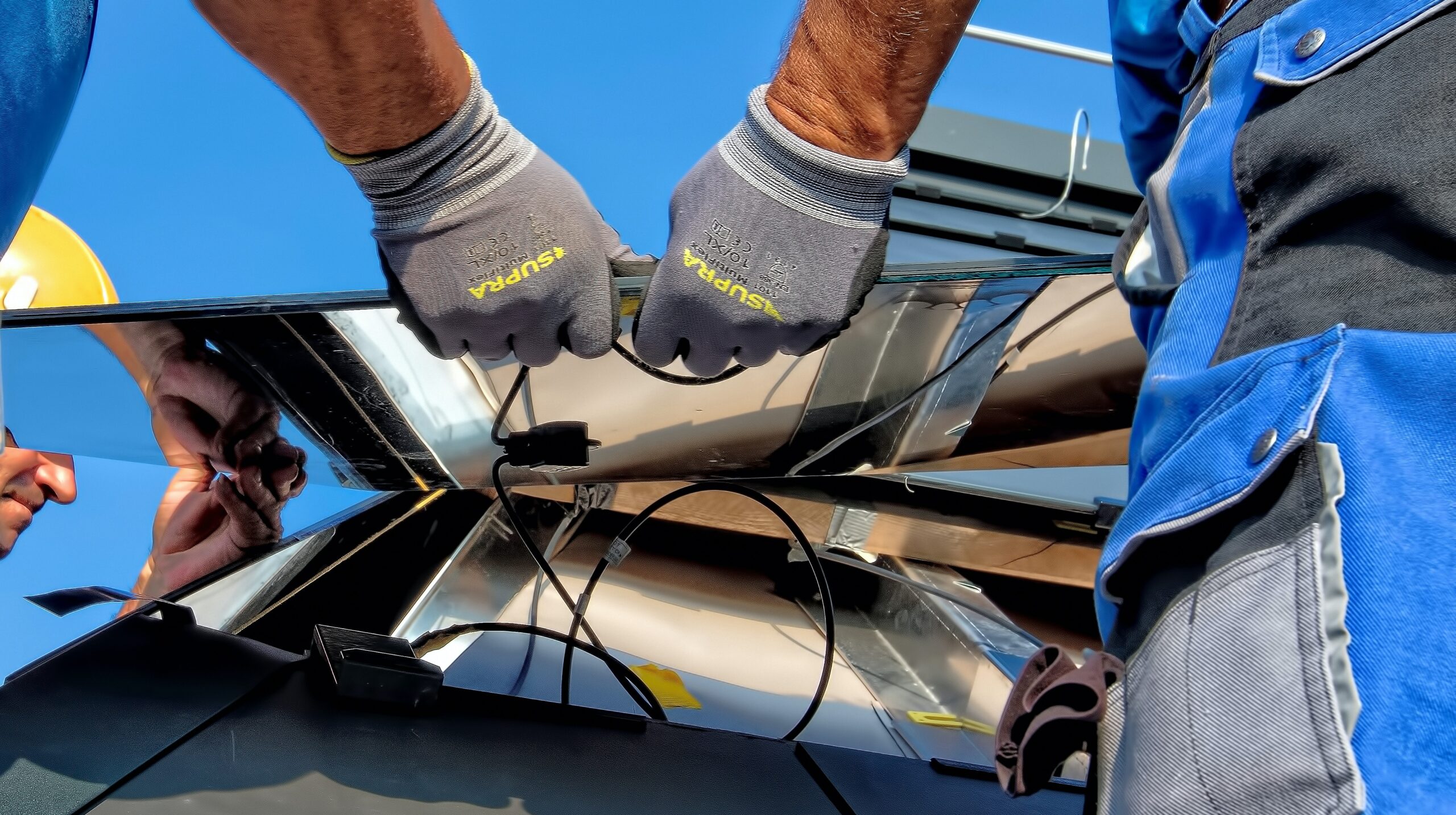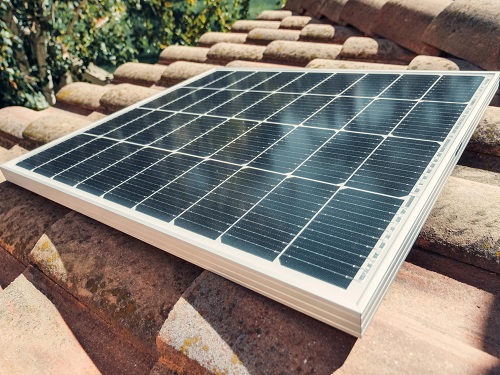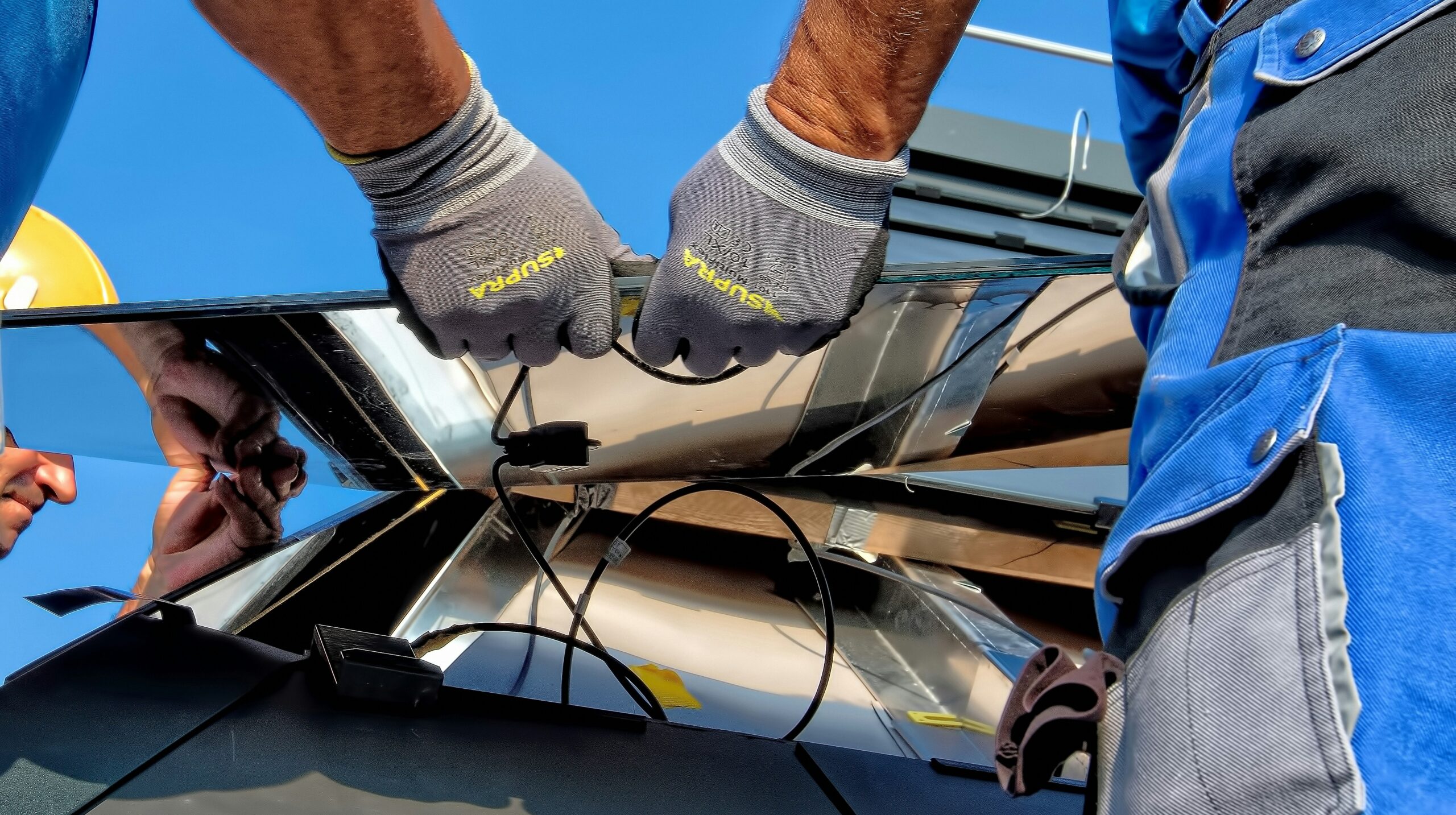Understanding How Solar Inverters Work in Solar Power Plants
Introduction of Solar Inverters
Solar power plants are becoming increasingly popular as a clean and renewable source of energy. One of the key components of a solar power plant is the solar inverter, which plays a crucial role in converting the direct current (DC) generated by solar panels into alternating current (AC) that can be used to power homes, businesses, and industries.
Types of Solar Inverters
There are several types of solar inverters used in solar power plants:
- String Inverters: These inverters are the most commonly used in residential and small commercial solar installations. They are connected to multiple solar panels in a series, known as a string, and convert the DC electricity from the panels into AC electricity.
- Central Inverters: Central inverters are used in large-scale solar power plants. They are capable of handling the DC electricity generated by hundreds or even thousands of solar panels and are more efficient at converting DC into AC.
- Microinverters: Unlike string and central inverters, microinverters are installed on each individual solar panel. They convert the DC electricity produced by the panel into AC electricity directly at the source. This allows for better performance monitoring and optimization.
Working Principle of Solar Inverters
The main function of a solar inverter is to convert the variable DC electricity generated by solar panels into the stable AC electricity that is used in our homes and businesses. The working principle of a solar inverter can be summarized in the following steps:
- DC to AC Conversion: The solar inverter converts the DC electricity produced by the solar panels into AC electricity using a mechanism called a power electronic converter.
- Maximum Power Point Tracking (MPPT): The solar inverter continuously monitors the output voltage and current of the solar panels and adjusts the operating conditions to ensure the maximum power output is achieved.
- Synchronization with the Grid: In grid-connected solar power plants, the solar inverter synchronizes the AC electricity it produces with the grid voltage and frequency to ensure seamless integration and efficient distribution of power.
- Monitoring and Control: Solar inverters are equipped with advanced monitoring and control systems that allow for real-time monitoring of the solar power plant’s performance. This helps in identifying and resolving any issues that may arise.
Internal Hardware and Software of Solar Inverters
Solar inverters are complex devices that consist of various internal hardware and software components, including:
- Power Electronics: This includes components such as transformers, capacitors, and semiconductors, which are responsible for converting and controlling the flow of electricity.
- Microprocessors: Solar inverters are equipped with microprocessors that handle the control and monitoring of the device. They analyze data from sensors and make adjustments to ensure optimal performance.
- Communication Interfaces: Solar inverters are often equipped with communication interfaces, such as Wi-Fi or Ethernet, that allow for remote monitoring and control of the device.
- Software Algorithms: The software algorithms in solar inverters play a crucial role in functions such as maximum power point tracking, grid synchronization, and fault detection.
Conclusion
Solar inverters are essential components of solar power plants, as they enable the conversion of DC electricity generated by solar panels into AC electricity that can be used to power our homes and businesses. Understanding the different types of solar inverters and their working principles, as well as the internal hardware and software knowledge, helps us appreciate the complexity and importance of these devices in harnessing the power of the sun.







